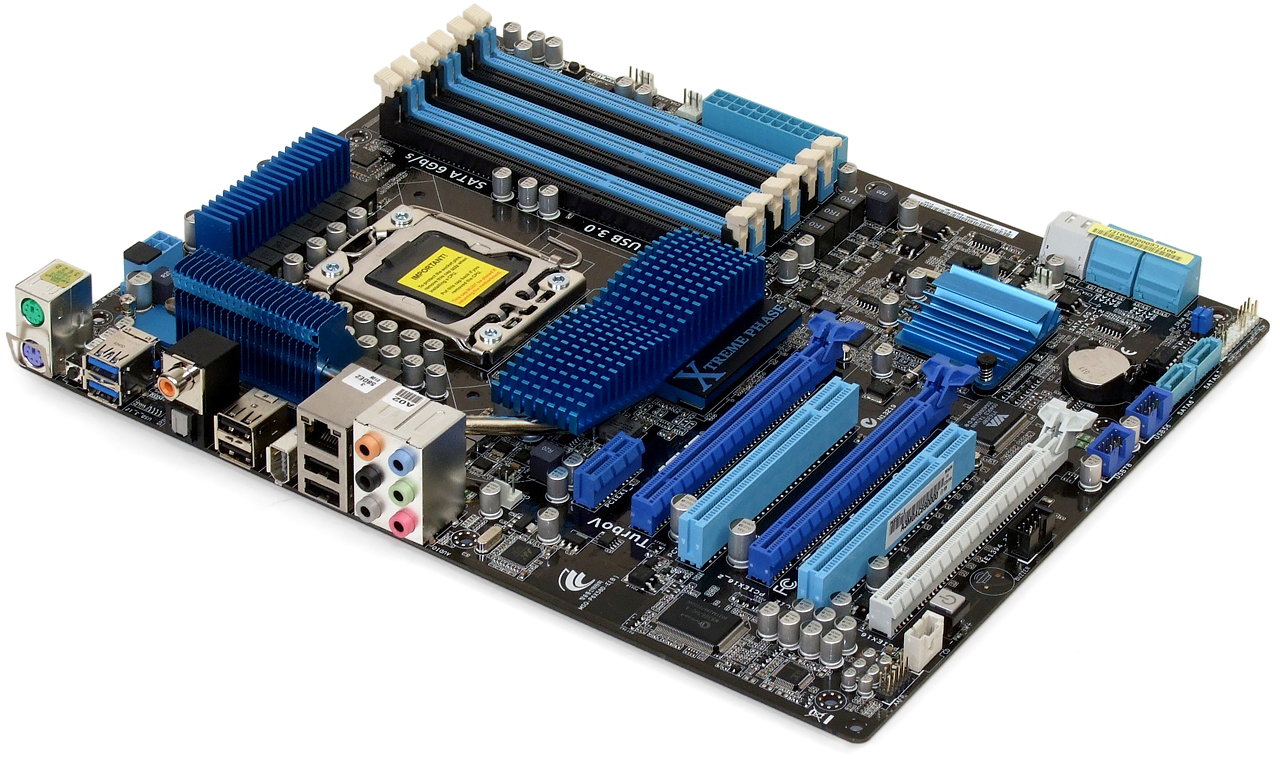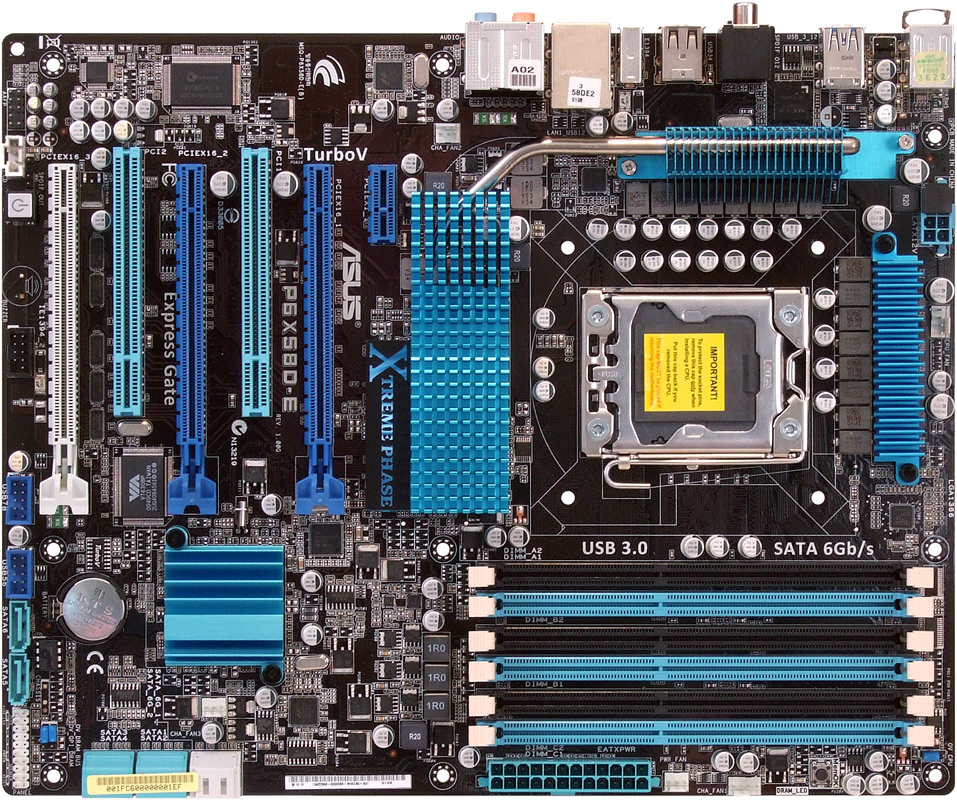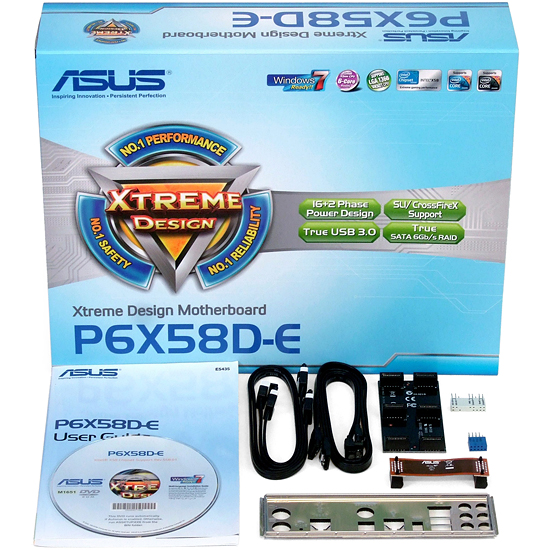X58 In 2010: Four LGA 1366 Boards With USB 3.0 And SATA 6Gb/s
The March 2010 launch of Intel's hexa-core Core i7-980X gave us a good reason to revisit the LGA 1366 interface. Today, we're looking at four new X58 Express-based motherboards that tie USB 3.0 and SATA 6Gb/s support in to Intel's flagship platform.
Asus P6X58D-E
Nearly anyone who liked the P6X58D Premium relaunched last December, but pined for a lower price, will want to take a very close look at the newer P6X58D-E, a $240 product that's only lacking the onboard Express Gate flash drive, a secondary Ethernet connection, and an onboard reset button compared to its $300 predecessor.
For a mere $20 more than Asus' basic P6T, the P6X58D-E rids itself of the lower-cost part’s biggest weakness, while adding several features and only one other flaw. Enhanced features, like the 2-port USB 3.0 and 2-port SATA 6Gb/s controllers, will get the most attention from buyers.
The addition of PCIe pathway switches between the second and third x16-length slots address the biggest weakness of the less-expensive P6T, enabling x16-x8-x8 transfer modes when three high-bandwidth cards are installed or x16-x16-x1 modes when only one or two are present. The cheaper P6T was permanently stuck at x16-x16-x4 mode, compromising the performance of triple-graphics-card arrays.
The P6X58D-E isn’t issue-free, though, as it (and all other boards of similar slot arrangement) requires a nonstandard eight-slot case in order to “properly” support a third double-slot card, which is a step backward for ease-of-installation compared to the older, low-budget P6T.
While the P6X58D-E and its predecessor are based on the same design, Asus eliminated the solder points of every part it eliminated from this cheaper model. The only problem we have with the new PCB is that by eliminating the pathways previously used for the more expensive board’s Express Gate flash drive, Asus also eliminated the two USB ports that could have been opened up by simply putting nine pins in the same location. Both products have two fewer USB 2.0 ports than the chipset supports.
The P6X58D-E is about as close to legacy-free as any successful motherboard has been, lacking serial, parallel, floppy, and Ultra ATA connectors. That’s usually fine with us, since few performance PC buyers are interested in attaching older, slower components.
One other potentially-problematic layout decision is the placement of two of the chipset’s SATA 3Gb/s ports along the P6X58D-E’s bottom edge, a location where the ports would normally be blocked by the extended heat sinks of long graphics cards. Fortunately, cables with 90° ends can typically fit under a graphics card’s heat sink
Get Tom's Hardware's best news and in-depth reviews, straight to your inbox.
BIOS Features
Asus’ long overclocking history lends familiarity to its Ai Tweaker menu, and all the features most overclockers need are easily found.
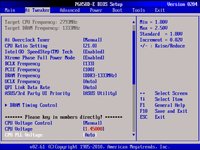
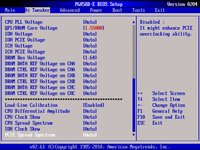
In addition to the expected clock ratio and component voltage settings, the P6X58D-E includes DRAM reference voltage, signal amplitude, and clock skew settings.
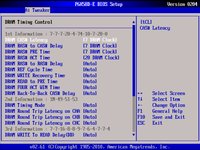
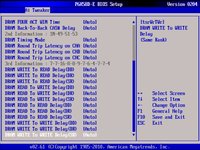
Most users will find the P6X58D-E memory timings controls somewhat overwhelming, but Asus puts the settings most tuners are familiar with at the top. Automatic settings for individual timings and a full list of detected timings are also helpful.
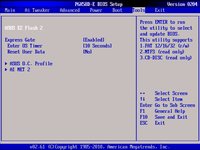
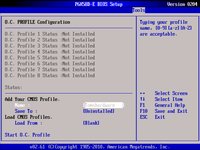
With no Express Gate flash drive, the P6X58D-E relies on a hard drive to install the associated SplashTop OS. Other features include Asus EZ Flash 2 GUI for updating BIOS from non-bootable drives, and Asus O.C. Profile for storing up to eight custom BIOS configurations as user profiles.
Accessories
The P6X58D-E installation kit contains a three-way SLI bridge in addition to the basic parts needed for installation. Only two of the four SATA cables are SATA 6Gb/s-rated because only two of the motherboard’s ports support the higher speed.
-
Tindytim First Intel punishes me by not releasing a proper 32nm 920 replacement for the 1366, and then Tom's publishes this article only days after I purchase components for yet another 1366 build.Reply
I must be a BYOPC masochist. -
Stardude82 Nice to see that mobo makers aren't charging too much of a premium for USB 3.0 and SATA-6. On the other hand, what an embarrassing for ASRock just as I thought they were getting out the shadow of ASUS.Reply
I would have liked to see those new ports put to use on these boards... -
omoronovo I very recently decided to take the plunge in an i7-based build, and I chose the UD3R for it. I couldn't be happier - this little monster pushes my i7 to 4ghz stable on stock vcore.Reply
One thing I haven't seen anywhere though, but would like to, is the overclocking variance added through differing ram capacities. Even though I reached 4ghz on stock vcore, I had to push my QPI to 1.35 to keep the system stable with 6 modules installed. With 4 modules, this was reduced to 1.28, and with 3 it was around 1.24 and with only 2 I could run the QPI volts at 1.2.
Perhaps an idea for an in-depth article at some point in the future Toms? -
liquidsnake718 Thank you TS. I think you may have built and benched my new computer. I see you still chose the 920 over the 930. Even before reading this article, I had my eyes on the UD3R because of the price and the decent features, save the sound card. However because of this article, I am going to reserve this mb and start building a newbie!Reply
The next step would be to see how these boards stack up using 6 cores and letting people know what power with 6 cores means using a 1 & a half year old motherboard. Although knowing that 6 cores, USB3.0 and SATA 6.0gb are a long way from being standard, it is by no means premature to have this board as one knows that they will be paying and buying for the long haul! The smartest ones do, and seeing as you guys chose the best parts for the price in terms of quality/performance, the UD3 is a perfect fit for a 5850 or maybe 2!
You should send this article to someone at Intel and maybe they will want to soon follow the way of USB3.0 for their vanilla board! I guess these builds are the new standard for high end or borderline excellent.
-
anders_w An error/typo in the table page 2?Reply
http://www.tomshardware.com/reviews/x58-usb-3.0-sata-6-gbps,2614-2.html
The table claims Asus P6X58D-E have Chipset S-ata 6 x SATA 6.0 Gb/s
Should probably be 6 x SATA 3.0 Gb/s... -
Crashman anders_wAn error/typo in the table page 2?http://www.tomshardware.com/review 614-2.htmlThe table claims Asus P6X58D-E have Chipset S-ata 6 x SATA 6.0 Gb/sShould probably be 6 x SATA 3.0 Gb/s...Reply
Thanks. -
C 64 At first quick look at the picture I almost fell from my chair... a quad processor MB, but then I realized Tom had problems squeezing the MBs in the pic.Reply
-
Crashman zipzoomflyhighAnother X58 reviews. Just what we all wanted. NOT.Yeh, X58 is obviously exceeds your needs but there hasn't been much news on the Via Apollo Pro front.Reply -
abhishekk89 i'd been planning on a p55 chipset + i5 750... now i'm thinking of i7 930 + gigabyte ud3rReply
